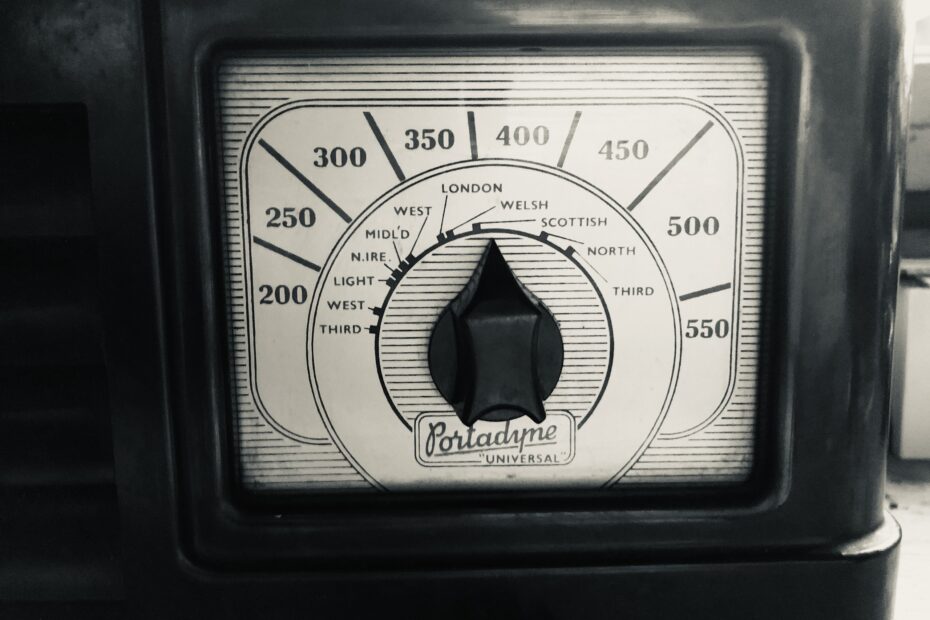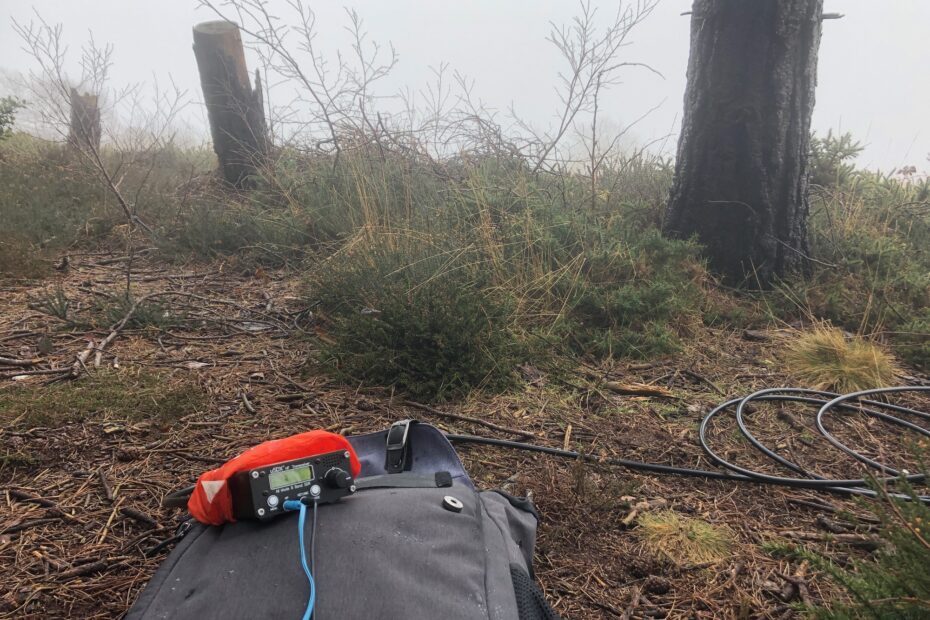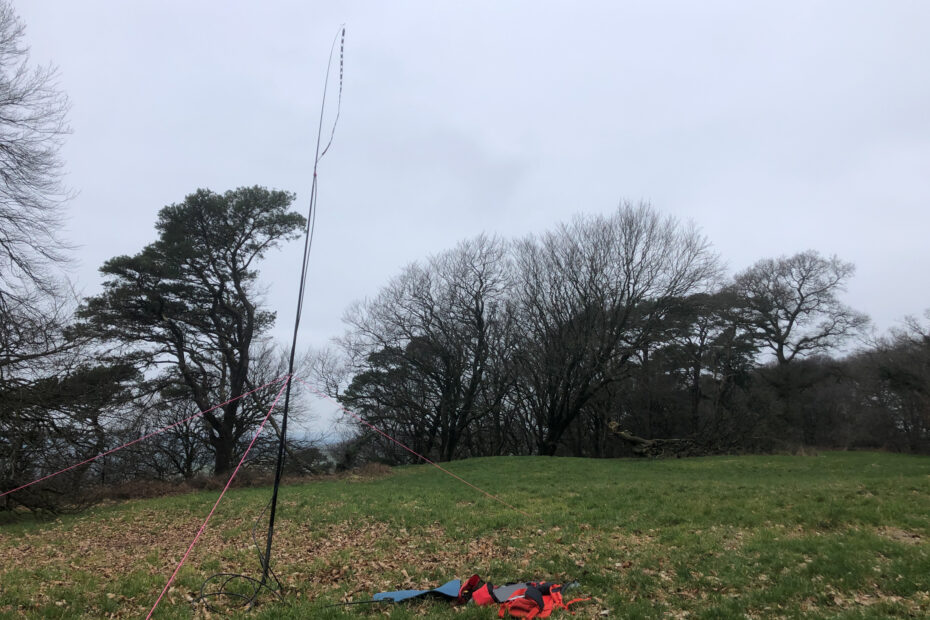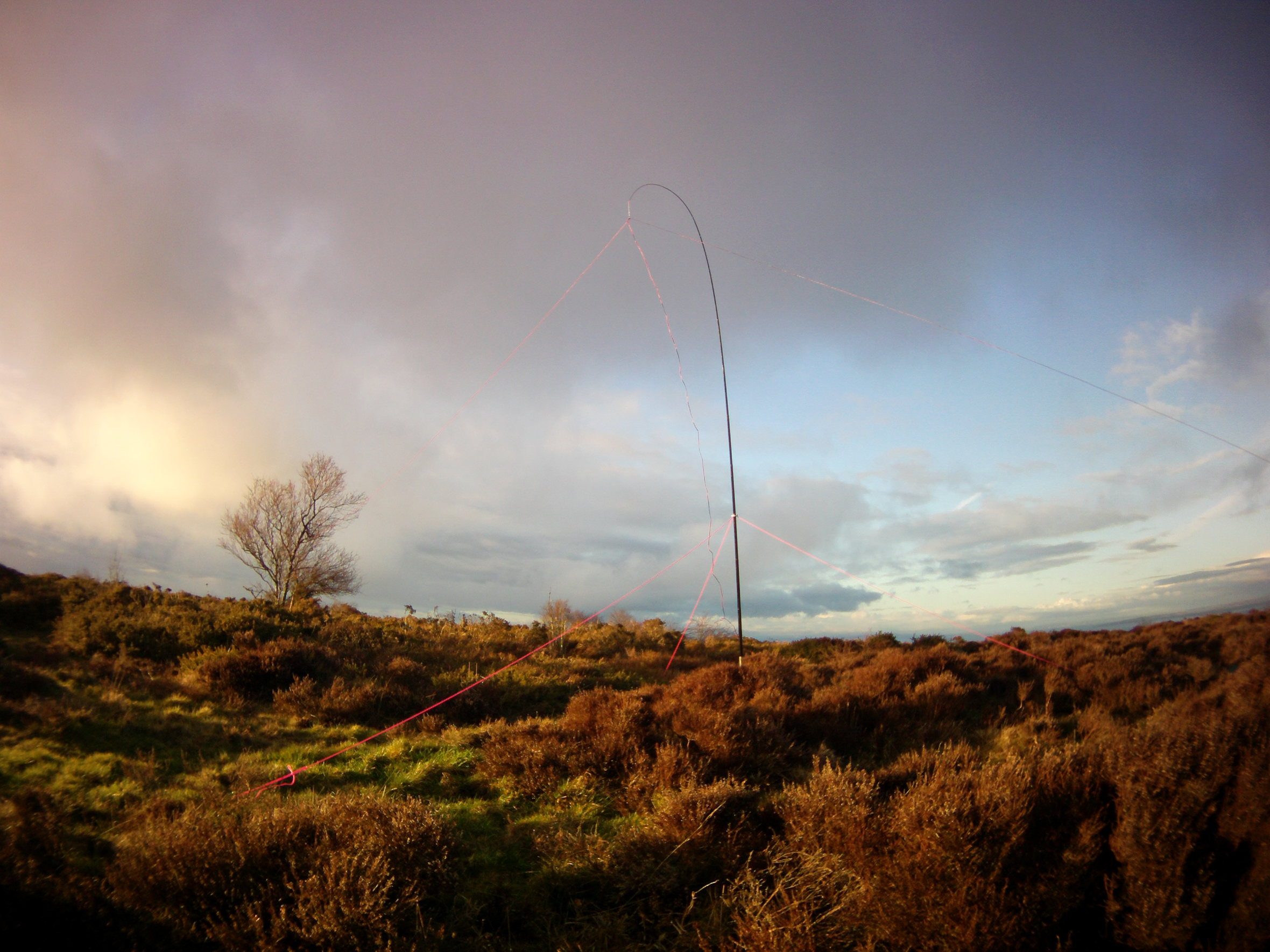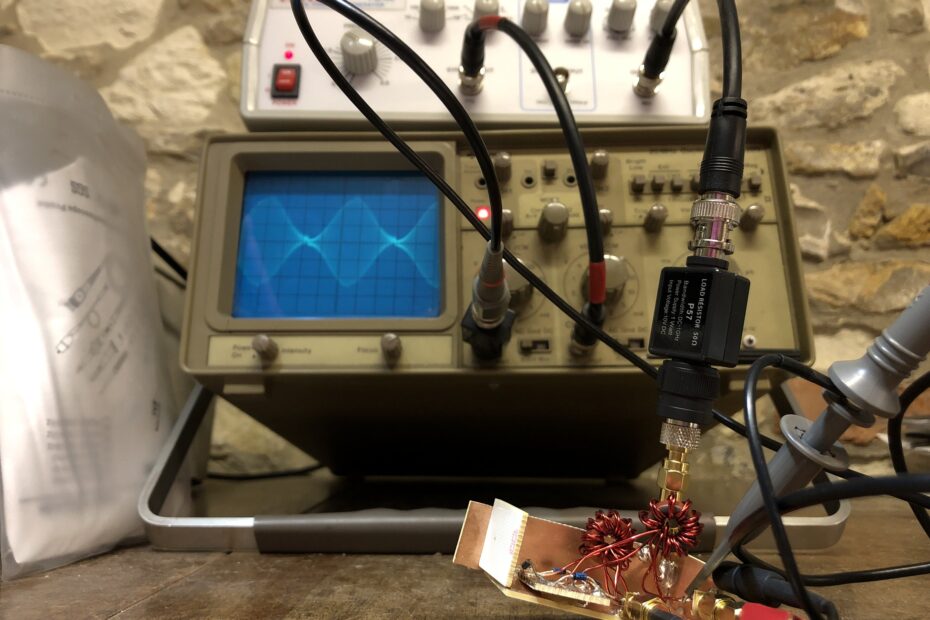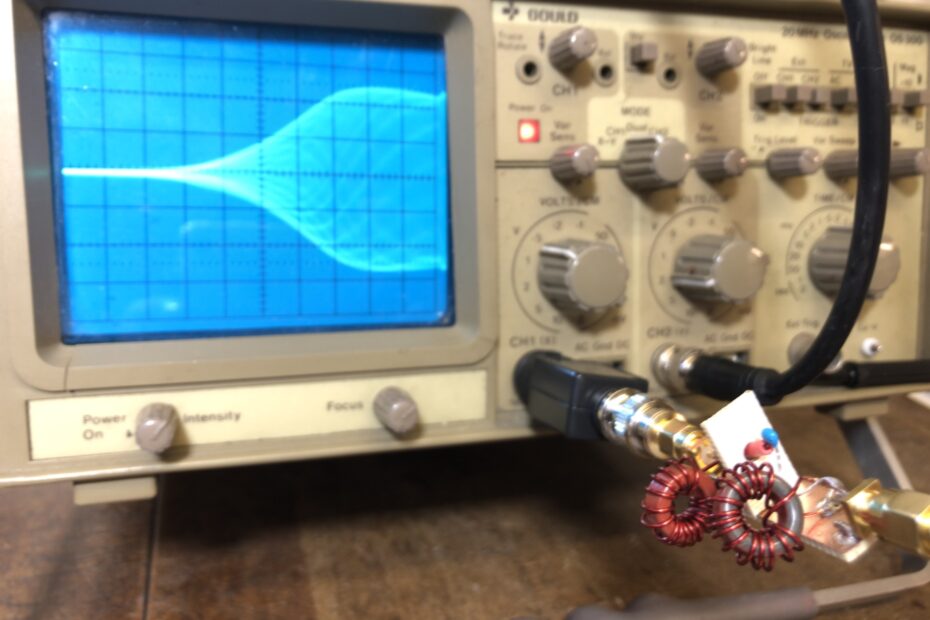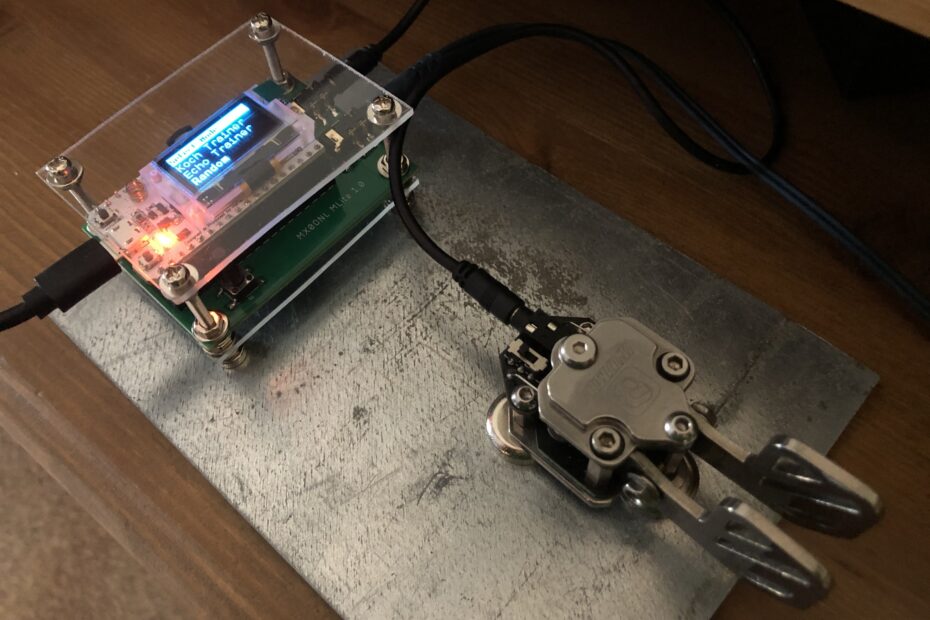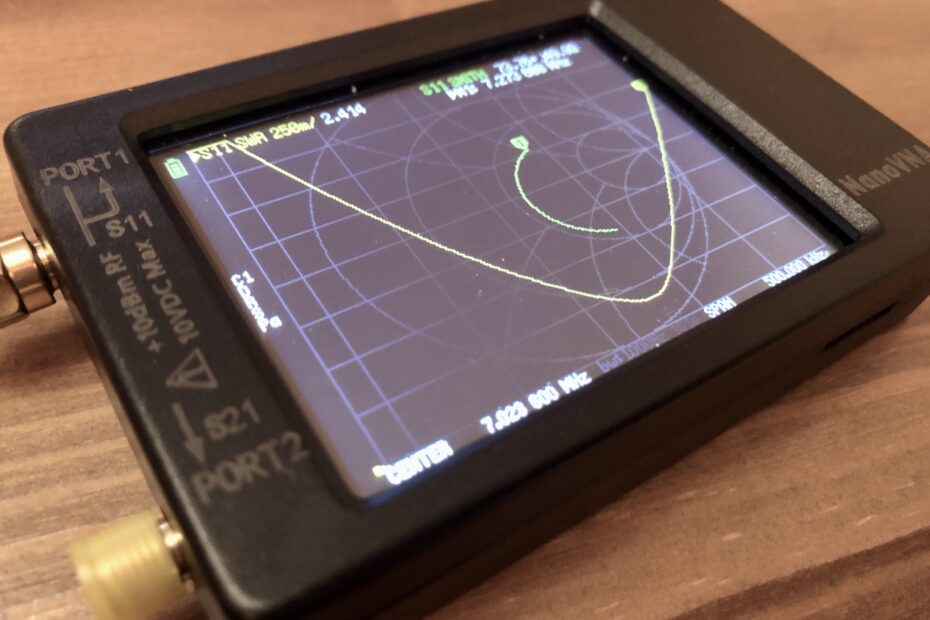TRF Radios – The Portadyne Universal
Walking around an antique shop in Crewkerne, I came across an old valve radio – a Portadyne Unversal – from 1953. Peering in through the back cover I could see that a couple of the valves were free-range within the case, one of which was wedged up at top, next to the speaker. After negotiating a more sensible price for the radio (and saving it… Read More »TRF Radios – The Portadyne Universal
